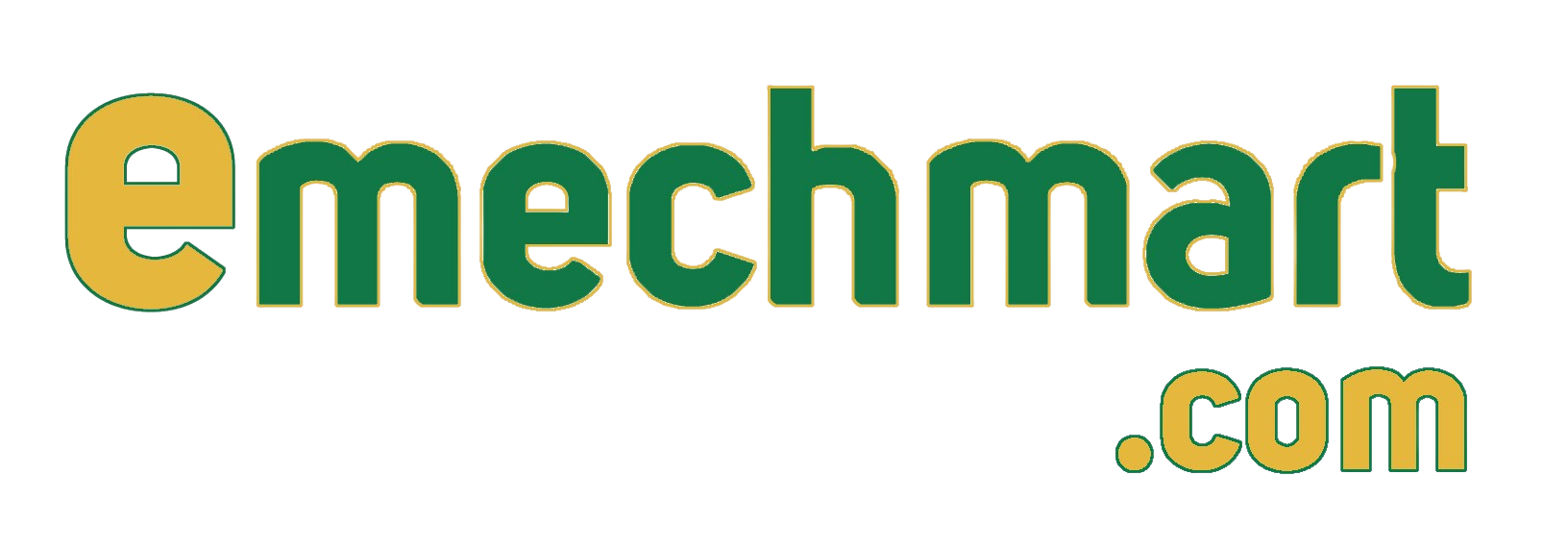Do you know what keeps your car’s wheels turning smoothly? Or are the fan blades in your air conditioner spinning? The answer is bearings! Bearings are an essential part of a machine widely used in simple household appliances and advanced industrial machinery.
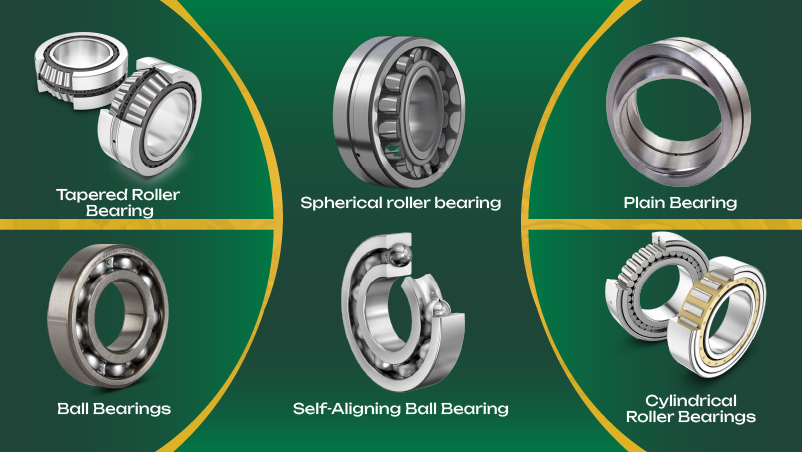
Bearings restrain a certain degree of freedom in different parts, giving a predefined direction to a particular component. For instance, drawers are designed to slide open or close but cannot be lifted or removed from their place using bearings.
Further, engineers use these bearings to avoid direct contact between two parts or surfaces. It reduces friction in moving machines and parts. There are different types of bearings with particular characteristics.
This article is a complete guide to bearings of different types and characteristics. Let’s dig into it!
What are bearings?
A bearing is an essential tribological constituent and part of many machinery. Usually, it approaches join machinery’s major parts available in different shapes and forms. They help and support the rotational systems of the shaft and withstand load transmitted from shaft to frame.
The main motive of bearings is to restrict direct metal-to-metal contact between two elements in relative motion. As a result, it restrains friction, heat generation and wear-tear of parts. Replacing sliding movement with low-friction rolling reduces energy consumption.
The load of the rotating element directly transmits to the housing. These loads may be radical, axial or both. A bearing restricts the freedom of movement of moving parts to predefined directions.
Next, we will discuss the different types of industrial bearings and their characteristics in depth.
Types of bearings and their characteristics based on design
We mainly classify bearings based on different criteria, such as design, mode of operation, motion, or direct loading.
Plain Bearings
They are also known as bushes, bushing or sleeve bearings. Plain bearings are the simplest type of bearings. Its cylinder shape includes no moving parts. Usually, machinists use these bearings for use with rotating or sliding shaft components.
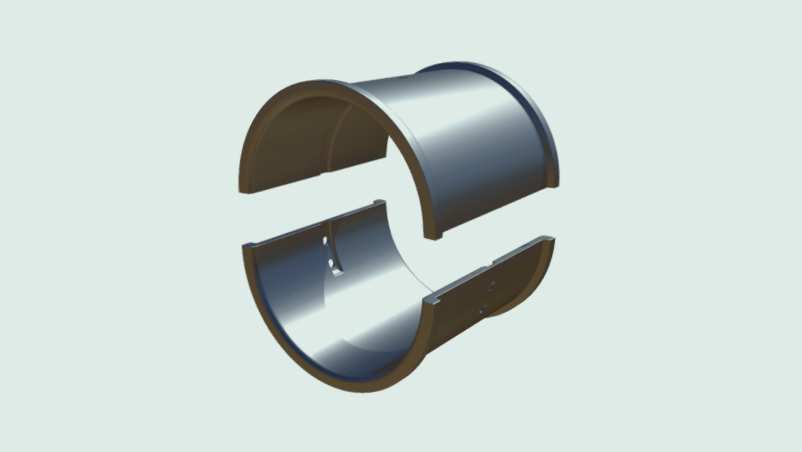
Manufacturers produce plain bearings from metal or plastic. It serves as a lubricant, such as oil or graphite, to reduce friction between the shaft and the holes in which it rotates. People use them in sliding, rotating, oscillating, or reciprocating motion.
Furthermore, we classify plain bearings into the following sub-types:
Spherical Plain Bearings
They have an inner ring with a convex on the outer surface and an outer ring with a concave on the inner surface. Both the rings are mounted together, giving no area for rolling elements. However, manufacturers use various materials to make spherical plain bearings, and depending on the material, they apply a coating layer made of chromium, PTFE, or phosphate to reduce wear.
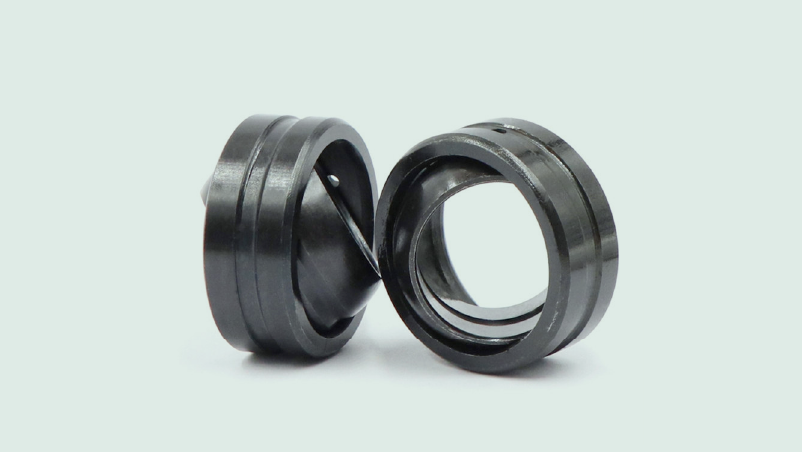
While in some designs, seals are added to the bearings to minimize contamination and increase the bearing life. Applications requiring shaft and housing alignment movements use them. Moreover, they can tackle heavy loads and shocks, known as heavy-duty spherical plain bearings.
Rod End Bearings
Rod bearings, commonly known as Rose joints- are eye-shaped head bearings with an integral shank. People use them to accommodate a spherical plain bearing. The internal portion is left or ring hand female, while the external is male.
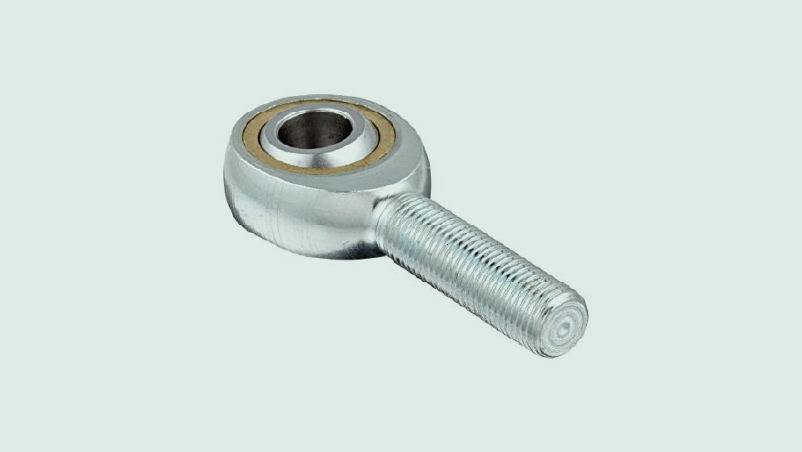
These bearings are fixed inside the housing, giving no room for misalignments like spherical plain bearings. However, they are easy to mount and have a compact and lightweight design, making them an excellent alternative to conventional housing elements. Rose joints are used in control rods, mechanisms and linkage to integrate into various applications easily.
Bushing
Manufacturers also specify plain bearings as bushings or bushes. They have a non-dependent element infused in the housing to support its surface. It is cylinder in shape, while the fundamental configuration is sleeve bearing with flanged bearing.
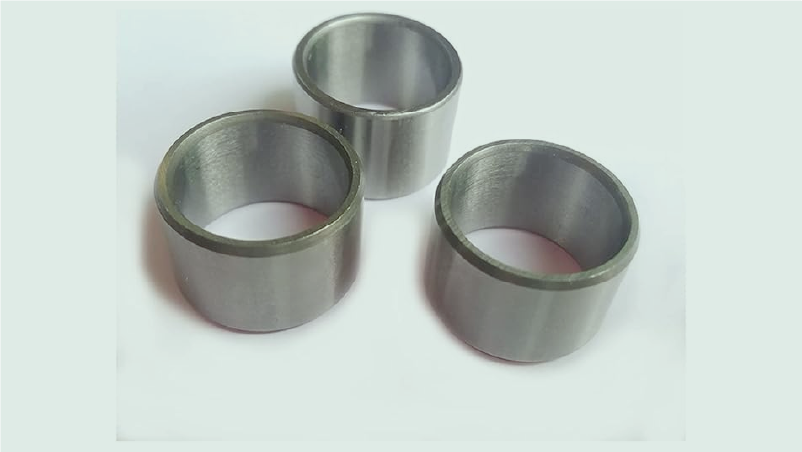
The making of sleeve bearing is such that it is straight inside and outside surfaces are equal in diameter. On the other side, the flanged bearing is a flange at one end, used for locating elements in an assembly. It also helps cover the mounting holes and secure the path in place.
Besides, self-lubricating bushing has a solid lubricating firm created inside the bearing by transferring a small amount of surfaced material. Usually, it takes place in the primary period of approach. Yet, the amount of material transferred is small to not interfere with the bearing’s functioning W and load-handling properties.
Two-piece Plain Bearings
They are renowned as full bearings, primarily used in larger-diameter industrial machinery, such as crankshaft bearings. Two-piece bearings consist of two parts, called shells, assembled using a different mechanism.
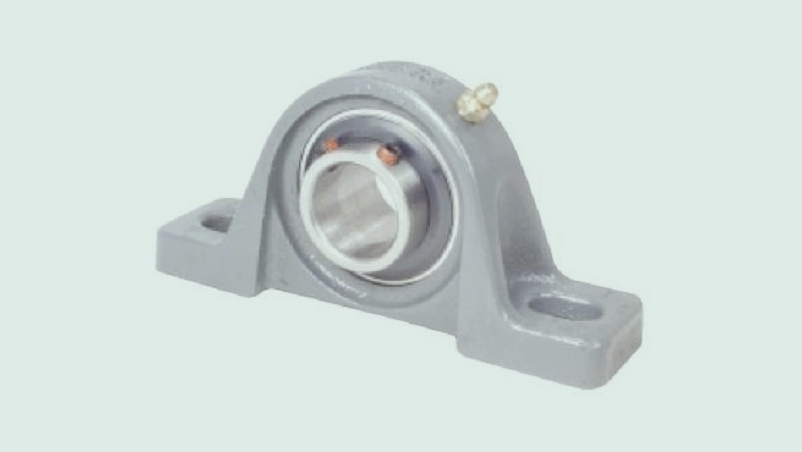
Besides, if the shells are thick, a button stop or a dowel pin is used to locate them. The button stop is placed on the housing while the dowel pin links the two shells together. Other than that, it uses a tab on the parting line edge. It connects with a notch in the housing to prevent any movement of shells during installation.
Rolling-element Bearings
Also known as anti-friction bearings, they have lower friction and reduce lubrication requirements compared to plain bearings. They are primarily known to support and guide rotating and oscillating machine elements like shafts, wheels, or axles. Moreover, they help transfer loads between different components of an assembly.
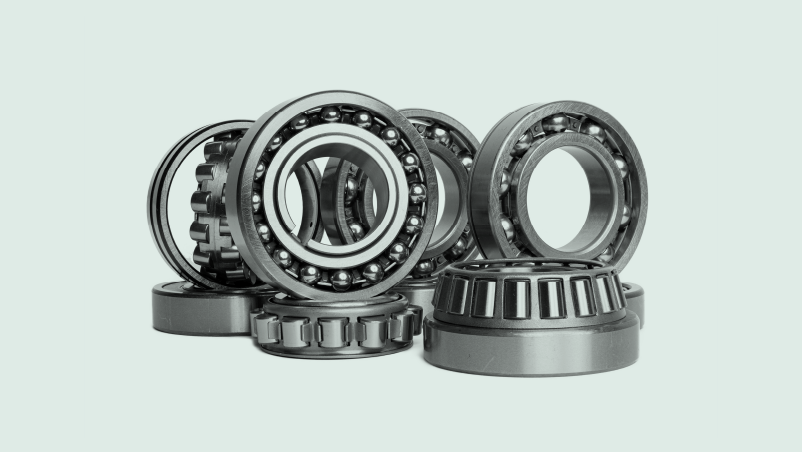
Rolling elements come in standard size, easily replaceable and cost-effective. These bearings make the process more efficient by reducing heat, energy consumption, and friction, leading to high rotational speed.
Usually, rolling-element approaches are under two main categories: Ball bearings and roller bearings.
Transmission Ball bearings
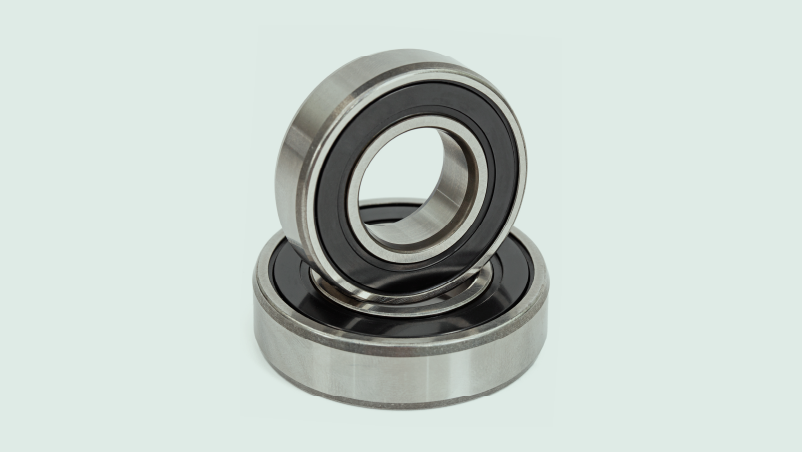
Ball bearings are a common type of bearing used as rolling elements. As per guidance, transmission ball bearings revolve quickly but do not support substantial loads. Thus, if the bearings are overloaded, they can spoil or flatten, ruining the bearings. Furthermore, we classify ball bearings into the following sub-types:
Deep-Groove Ball Bearings
These ball bearings are simple in design, easily maintained, and less sensitive in operations, making their usage in different applications. Deep-groove ball bearings are robust in operations and require less maintenance. Additionally, they place radial and axial loads in opposite directions.
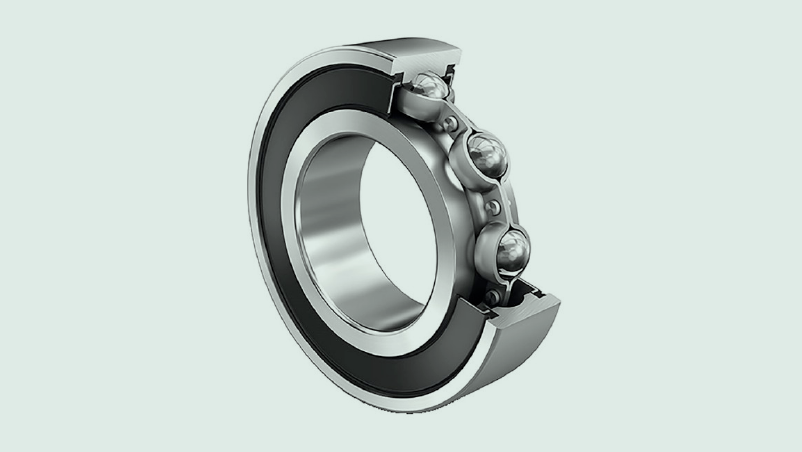
They have less force, hence making them suitable for high speeds. Furthermore, they are available as open-type bearings for easy lubrication. But, it collects more dust due to it.
Angular Contact Ball Bearings
Contact ball bearings are characterized by contact angle. It shifts the forces from one raceway to another at a particular angle. They are more suitable for combined loads, transferring high axial and radial forces.
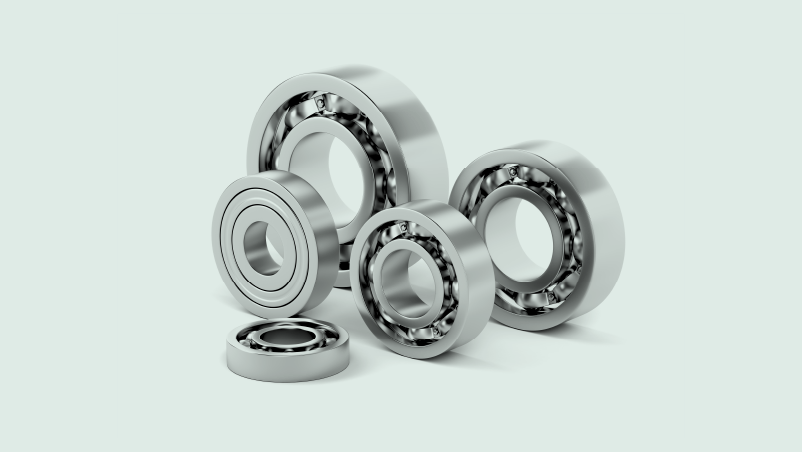
Angular contact bearings have different design styles, ranging from seals to shieldings. As a result, they protect from contamination and act as a retainer from lubricants. Furthermore, manufacturers produce these bearings from stainless steel, ceramic hybrid material, and plastic or coat them with chrome, cadmium, and other materials. Moreover, they are pre-lubricated, re-lubricated or feature solid lubrication.
Self-Aligning Ball Bearings
These ball bearings have a double row of balls surrounded by a cage and a double row inside the ring raceway. Besides, it has a continuous spherical outer ring raceway to allow the inner ring/ball to collaborate to swivel with the outer ring. They make a degree of self-alignment in the application.
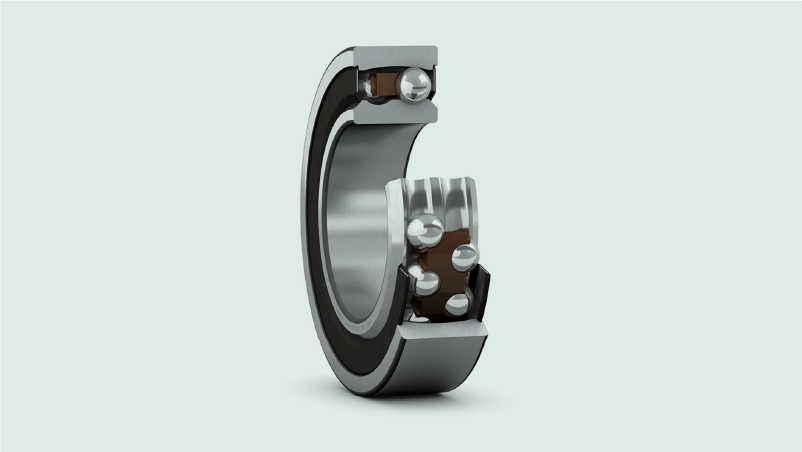
Self-aligning ball bearings are suitable for absorbing radial forces. It is recommended to use when there is an issue with the alignment of the shaft and housing and when the post could deflect.
Thrust Ball Bearings
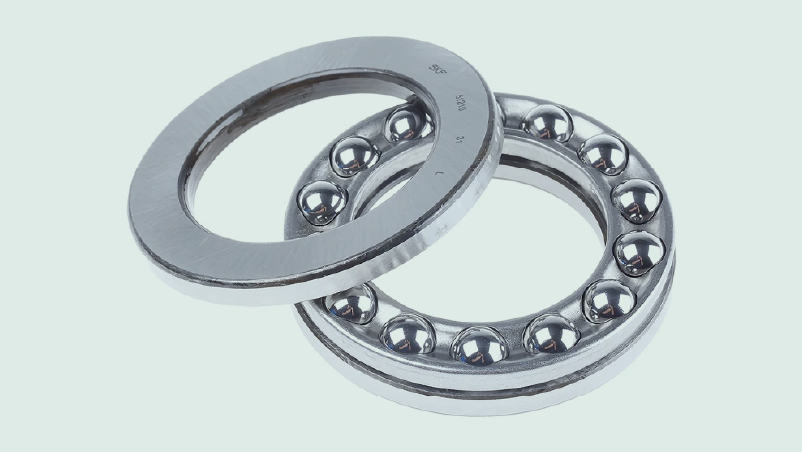
They consist of two bearing discs with raceways for the balls. Thrust ball bearings are made to absorb axial forces in one direction so they can locate the shaft axially similarly.
Roller Bearings
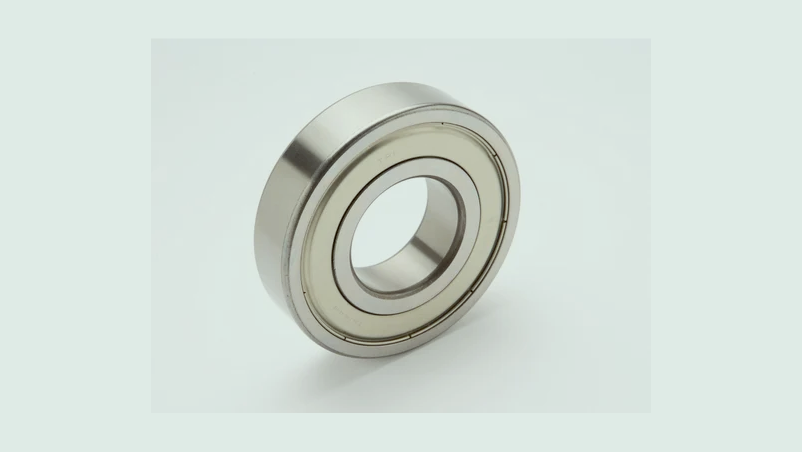
Roller bearings feature line contact. It offers a higher load rating than ball bearings of the same size. Yet, the speed ability is lower than a ball bearing due to increased contact line friction.
Further, roller bearings are classified into the following sub-types:
Spherical Roller Bearings
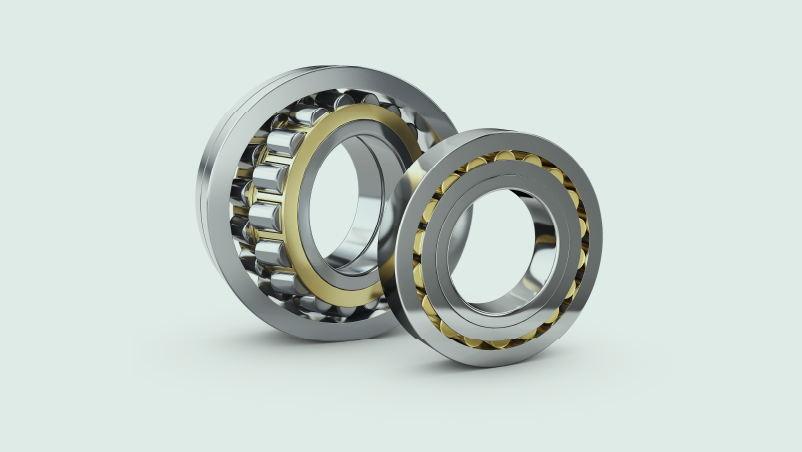
Spherical rollers are solid at work. They follow the same principle of self-aligning bearings, using spherical rollers instead of ball bearings to support higher loads. They help to reduce misalignment between shaft and housing. Additionally, spherical roller bearings help absorb high radial and moderate axial loads.
Cylindrical Roller Bearings
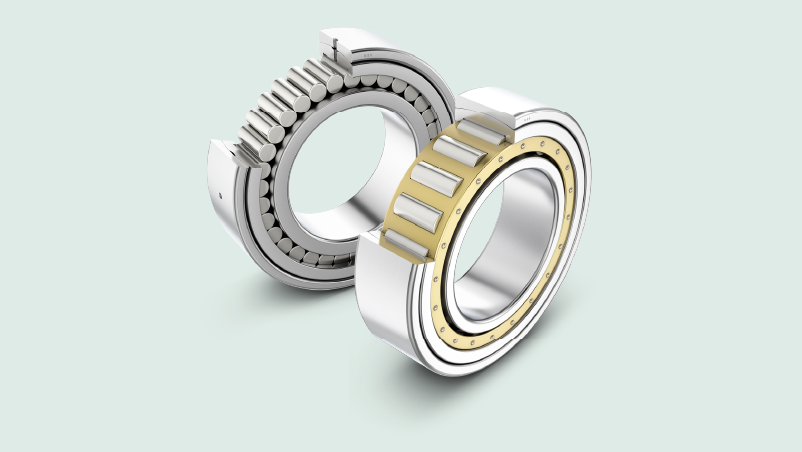
This type of roller bearing uses line contact between rolling elements and raceways. It optimizes the distribution of stress at the point of contact. Furthermore, manufacturers build these roller bearings to handle heavy radial loads and medium thrust loads. The cylindrical design helps to reduce stress concentration. They can transmit a limited amount of axial loads, as per design.
Tapered Roller Bearings
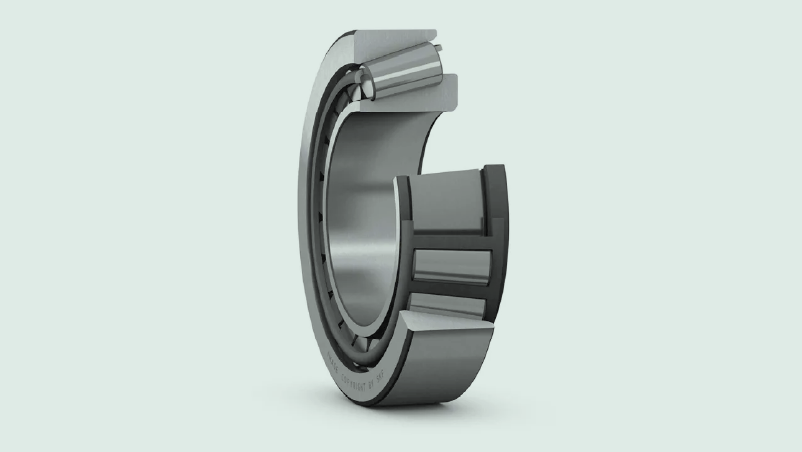
These roller bearings have tapered raceways in the inner and outer rings. Conical rollers are fixed between them. Also, the contact angle in tapered roller bearings lets absorb high radial and axial forces in the same direction. Moreover, these bearings are combined in pairs, allowing them to support axial forces in both directions.
Needle Roller Bearings
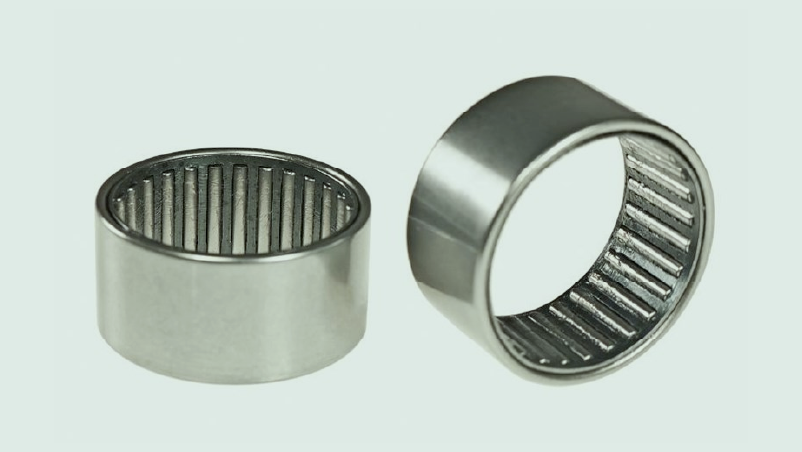
Needle roller bearings are cylindrical rollers with long, thin rolling elements known as needle rollers. It is built with a diameter of 1:3 to 1:10. These bearings have a high load rating and are suitable for radial forces. Needle bearings are best for usage where space is limited.
Jewel Bearings
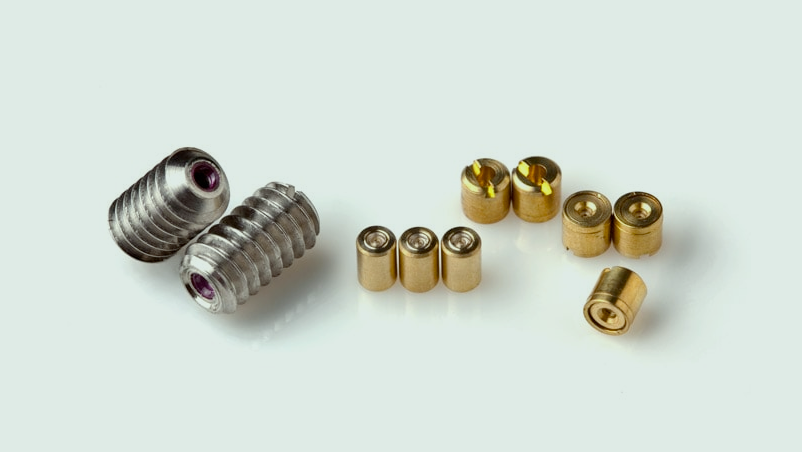
They are plain bearing with a metal spindle like a jewel lined in a pivotal hole. The hole of the jewel bearing is the shape of a torus that is a bit larger than the shaft diameter. Its material is synthetic sapphire or ruby. Mainly, it is used in precision instruments where low friction, long life and dimensions are to be accurate, such as mechanical watches.
Fluid Bearings
Fluid bearings have loads that support a thin layer of quickly moving pressurized liquid or gas between bearing surfaces. As there is no contact between moving parts, there is no chance of sliding friction. Due to sliding friction, fluid bearings have lower variance, wear, pressure and vibration than others.
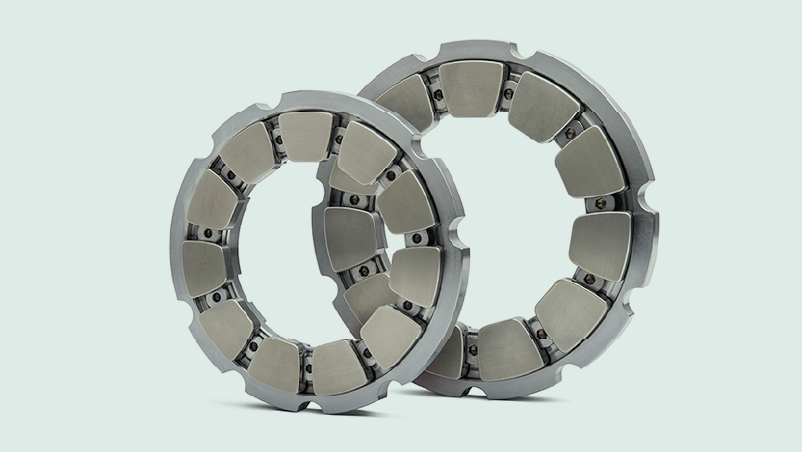
These bearings are cost-efficient. Moreover, they are used in machines that work at high speeds and loads. As the beginning costs increase, it gives a longer life, even in challenging conditions, to survive in the long run.
Next, fluid bearings are classified into hydrostatic and hydrodynamic bearings.
Hydrostatic Bearings
In hydrostatic bearings, the pressurized fluid is forced between two elements in relative motion. The liquid that runs by pressure forms a wedge between the moving parts to keep them apart. Usually, this fluid layer is skinny, but as long as it is in direct contact, there is no wear.
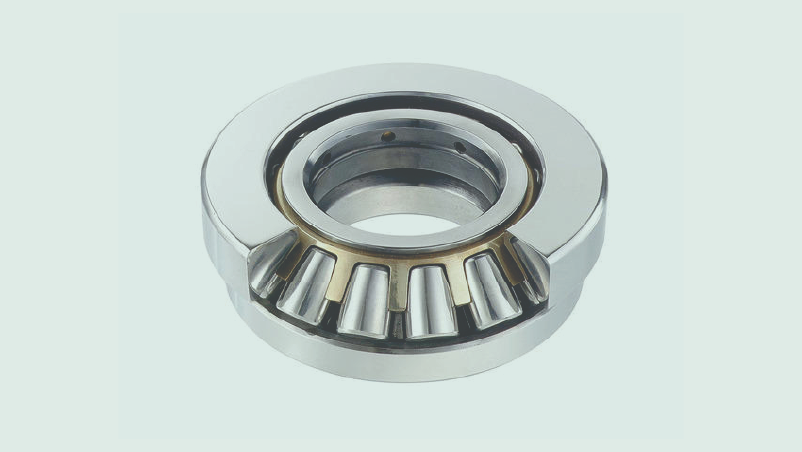
On the other side, the fluid rotates by a pump. Moreover, the exit orifice diameter is adjustable to ensure the liquid is under pressure at all shaft speeds and loads. Hence, accurate gap control is possible.
Hydrodynamic Bearings
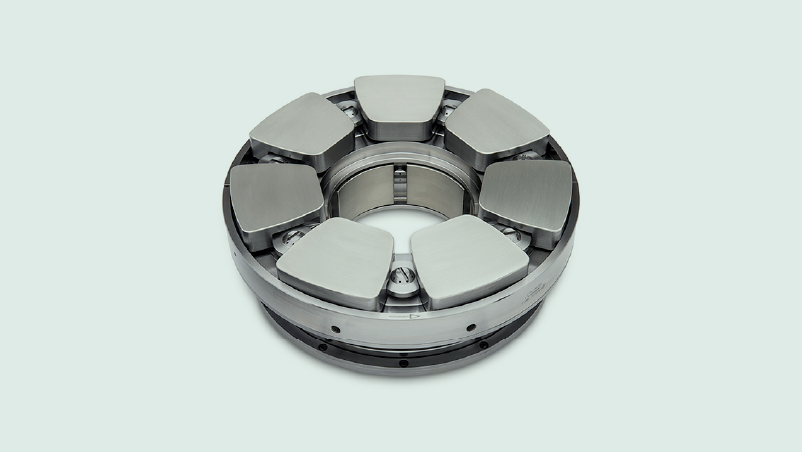
Hydrodynamic bearings use the motion of a journal to allow the fluid between the shaft and housing. The journal motion absorbs the lubricating fluid to create a constant wedge. Besides, during the start and stop or low and speedy loads, the wedge formation is not good enough to prevent wear. The system works as needed during speed as per design.
Magnetic Bearings
These bearings use the concept of magnetic levitation to hold the sfat mid-air. Due to no physical contact between them, magnetic bearings are also known as zero-wear bearings. However, there is no calculated amount of speed to handle it.
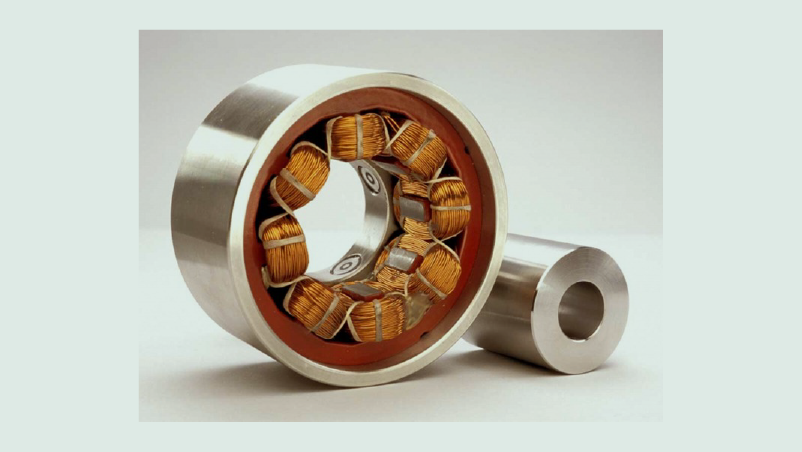
Magnetic bearings in shaft design note some irregularities, as the center of mass automatically adjusts the shaft’s position. So, it may be offset to one side and work on the other.
Further, Magnetic bearings are classified into two subtypes:
Active Magnetic Bearings
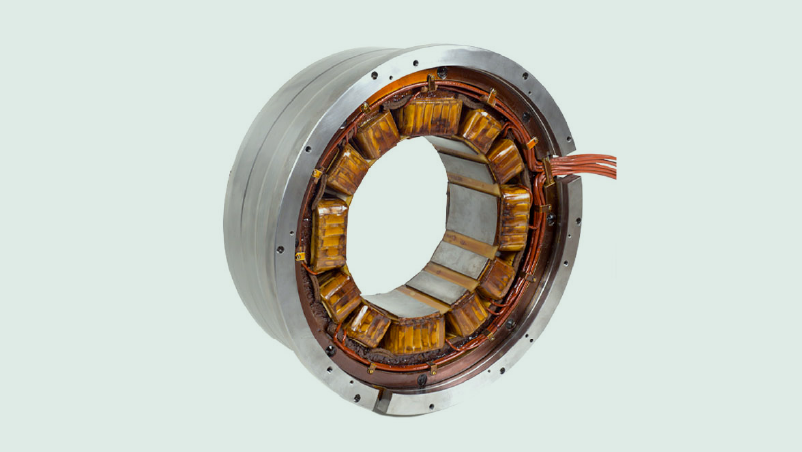
These magnetic bearings use electromagnets around the shaft to manage its position. Suppose the sensors come across a change; then the system adjusts the current revolving as per the system and returns the rotor to its original position.
Passive Magnetic Bearing
Besides, passive magnetic bearings use permanent magnets that help maintain the magnetic field around the shaft. There is no power input needed in this. In addition, the system is challenging to design due to limitations as the technology is still in its primary stage.
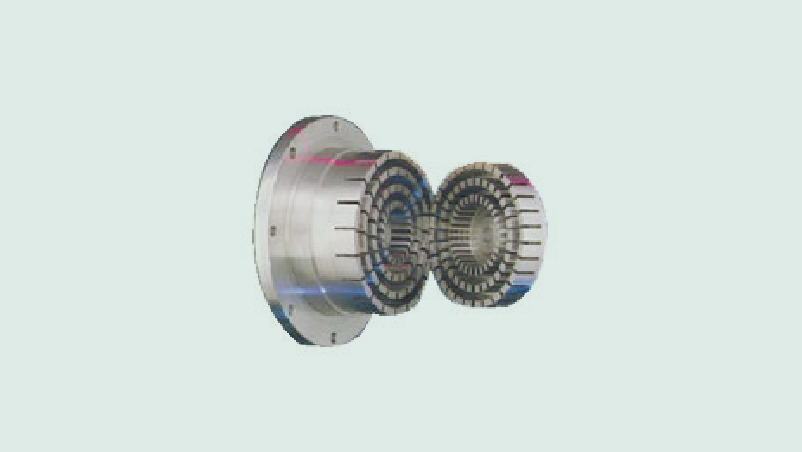
Usually, two magnetic bearings are used in the cycle. The permanent magnets carry the static loads while the electromagnets maintain the position with a high degree of accuracy.
Flexure Bearings
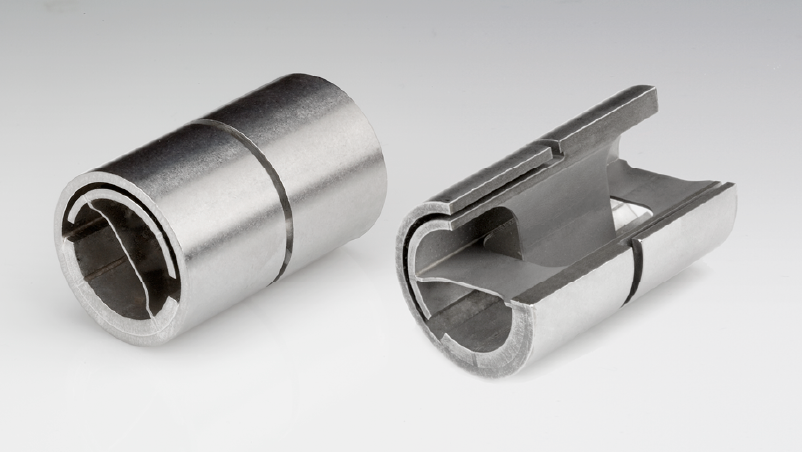
They are manufactured to suit one or more angular degrees of freedom. These bearings are part of a flexible mechanism. Flexure bearings have the same function as conventional approaches or hinges in applications requiring adjustable angular position. Besides, flexure doesn’t need lubrication, as it performs shallow or with no friction.
Types of bearing and their characteristics based on the direction of the load
Another type of categorizing bearing is the load they can handle. Here, we will discuss approaches evaluated into three main categories: radial bearings, thrust bearings and linear bearings.
Radial Bearings
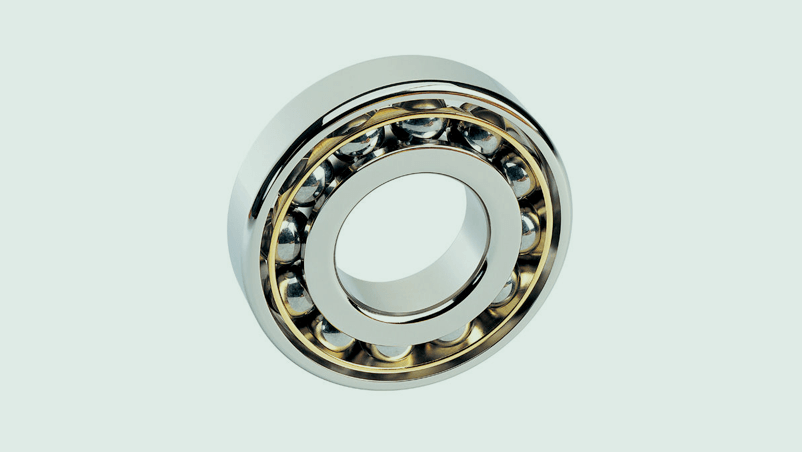
These bearings are manufactured to support radial loads. At the same time, some of them can carry on limited thrust loads. Radial bearings mainly support loads that fall directly on the shaft. As per the design, they place axial loads in one or two directions. Moreover, they are installed straight up to the axial line of the shaft.
Linear Bearings
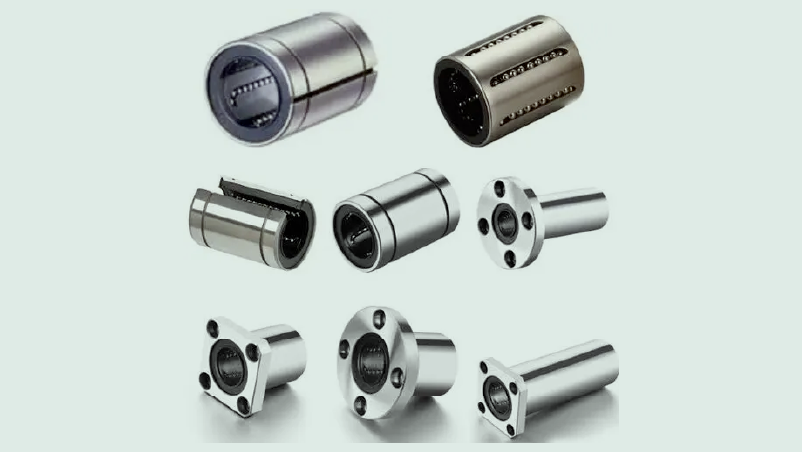
Linear bearing paths are moving parts in a straight line. They are also known as linear guides and mainly come in two shapes: round and square. Furthermore, manufacturers design them to offer flexible motion in one direction and smooth precision along a single-axis linear design.
Conclusion
Bearings are an essential part of the machinery industry that guides the predefined motions. They support the machinery’s rotary shaft by reducing friction between mobile parts. Besides, choosing a suitable bearing requires analysis of a variety of factors. You can answer questions by comparing all these different types of bearings and their characteristics with the application to be used.
Empower Your Projects with Top-Notch Bearings, Explore Our Selection
